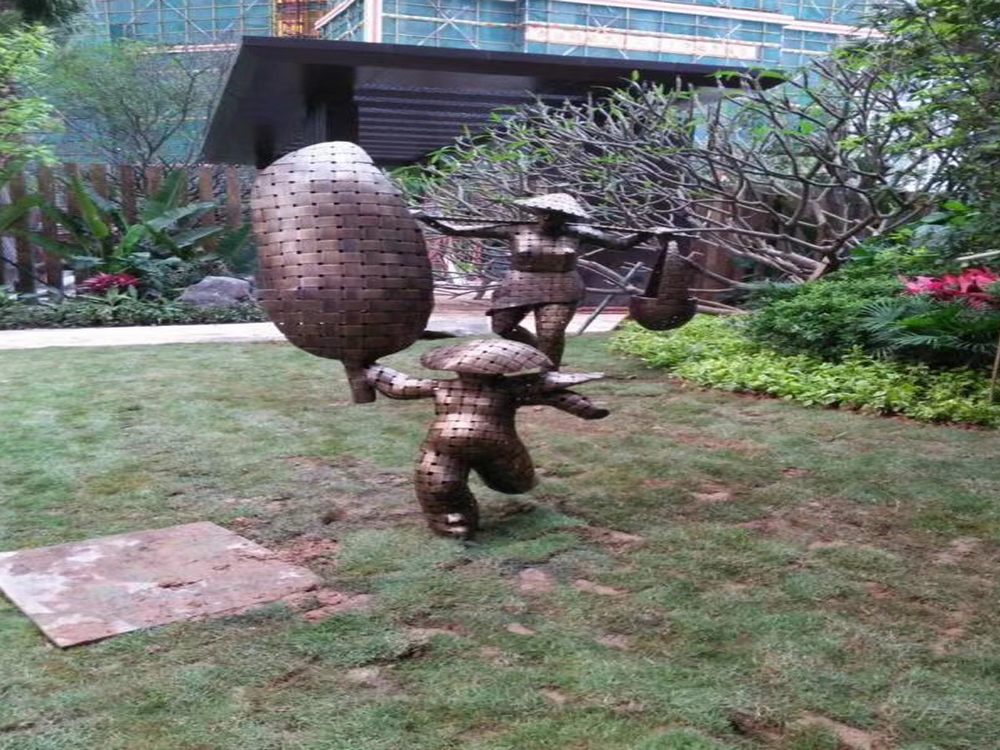
When it comes to metal sculptures, bronze, steel, and aluminum each offer unique advantages and challenges for artists. Bronze, a classic choice, is renowned for its malleability and ability to capture intricate details, making it ideal for lifelike figures and textured surfaces. Its slow cooling rate allows for refined adjustments during casting, though its weight and cost can be limiting.
Steel, on the other hand, provides unmatched strength and durability, perfect for large-scale or outdoor installations. However, its rigidity demands advanced tools and techniques, often restricting spontaneous artistic changes. Modern artists appreciate steel for its industrial aesthetic and structural possibilities, but it lacks the warm, traditional appeal of bronze.
Aluminum strikes a balance with its lightweight nature and corrosion resistance, enabling bold, contemporary designs. It’s easier to weld and shape than steel, yet lacks bronze’s patina potential. While aluminum is cost-effective and versatile, it may not convey the same timeless gravitas as bronze.
Ultimately, the choice depends on the artist’s vision: bronze for detail and tradition, steel for strength and scale, or aluminum for innovation and practicality. Each metal unlocks distinct creative pathways in the world of sculpture.

